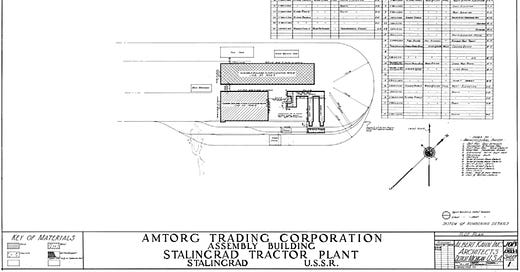Soviet capacity to outproduce Germany on the factory floor was a major factor of the Soviet ability to overcome Germany on the battlefield. Despite losing some of its major industrial regions on the first stage of the war, the USSR managed to manufacture very much more weaponry than Germany could. While the Soviet military production could be at times qualitatively inferior, it was almost invariably quantitatively superior to the German one.
How could the USSR outproduce Germany? Well, some are pointing out to the lend-lease. This is not wrong. The lend-lease has indeed played a crucial role in compensating for the economic consequences of the German invasion. You may not be ready to hear it yet, but the German Blitzkrieg was successful in a sense that it effectively undermined the Soviet capacity for resistance. Once the USSR lost Ukraine and much of Southern Russia, its supply and production chains were cut, making the Soviet war economy unviable even in the medium term.
So the Americans made it viable. First, they shipped enough non-lethal aid, for the Soviet industry to fully concentrate on the military production. Second, they targeted the bottlenecks in the Soviet supply and production chains, filling in the holes broken by the German advance. In other words, while the US may have supplied the USSR with the relatively limited amounts of weaponry, they secured the Soviet capacity to produce any weaponry at all. The wound made by the German strike would have been mortal, unless the US put the USSR on the life support.
The American aid and its role in facilitating (or allowing for) the Soviet war efforts are relatively well-known. What is less known, is the American role in building the Soviet war machine. It is not only that Americans helped the Soviet tank, aircraft, machinery, and other plants through the WWII. It is that Americans built these plants in the first place. The backbone of the Soviet war economy had been designed and pre-fabricated in the United States, shipped over the ocean, and them assembled in Russia under the American management and supervision. The US turning the backward agrarian USSR into the industrial powerhouse may be one of the most consequential yet most forgotten stories of the 20th century.
Keep reading with a 7-day free trial
Subscribe to kamilkazani to keep reading this post and get 7 days of free access to the full post archives.



